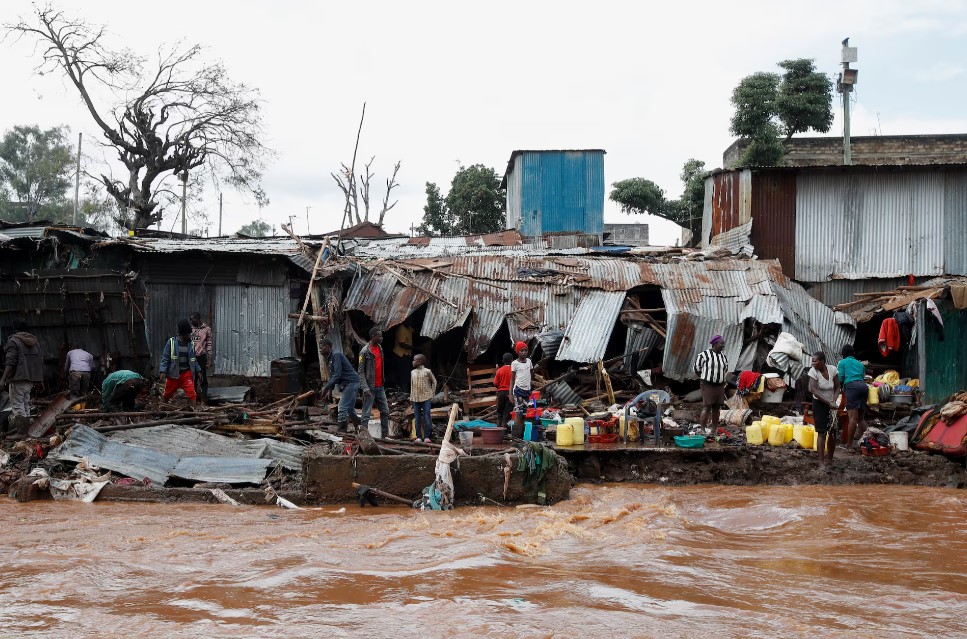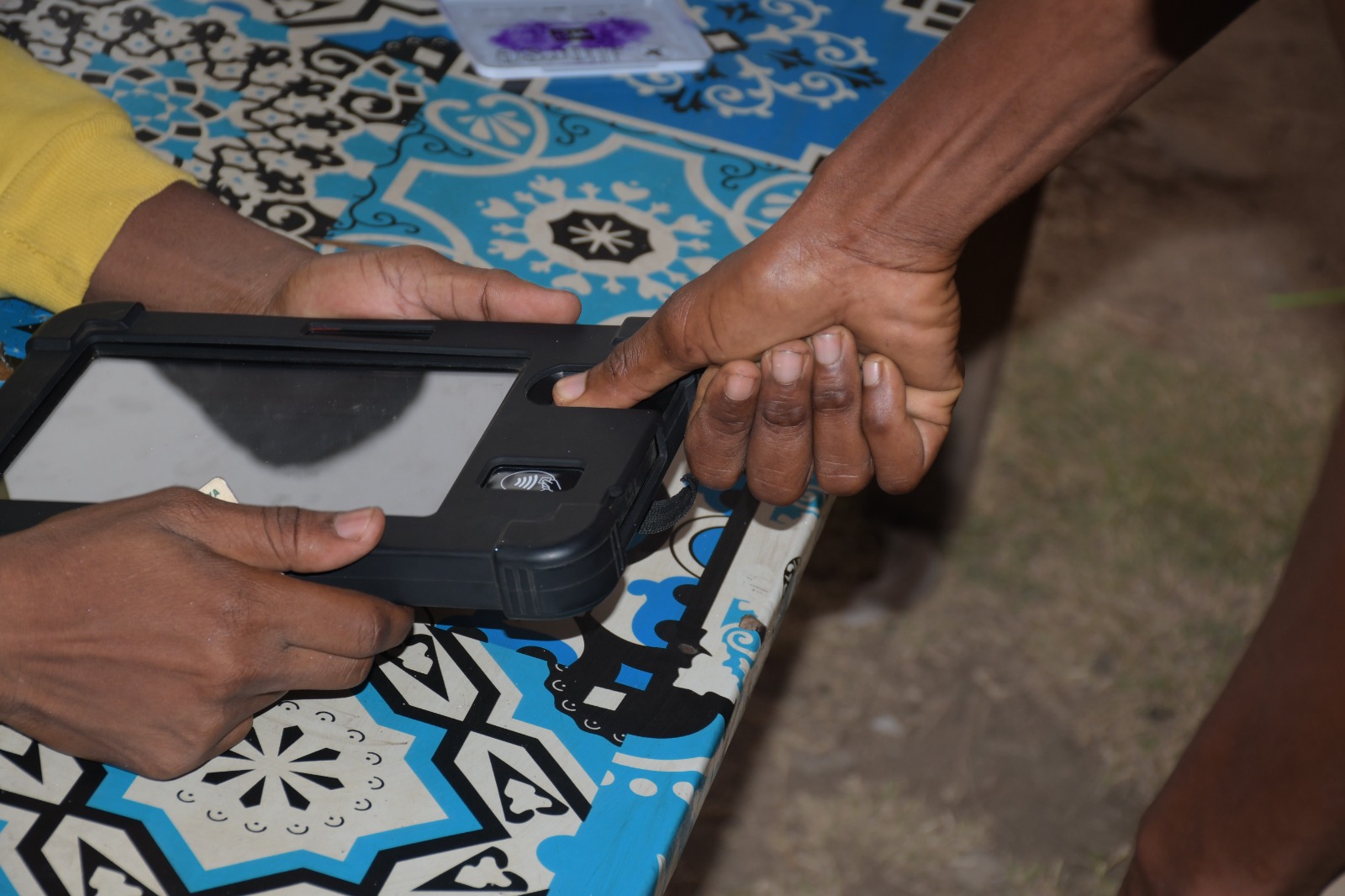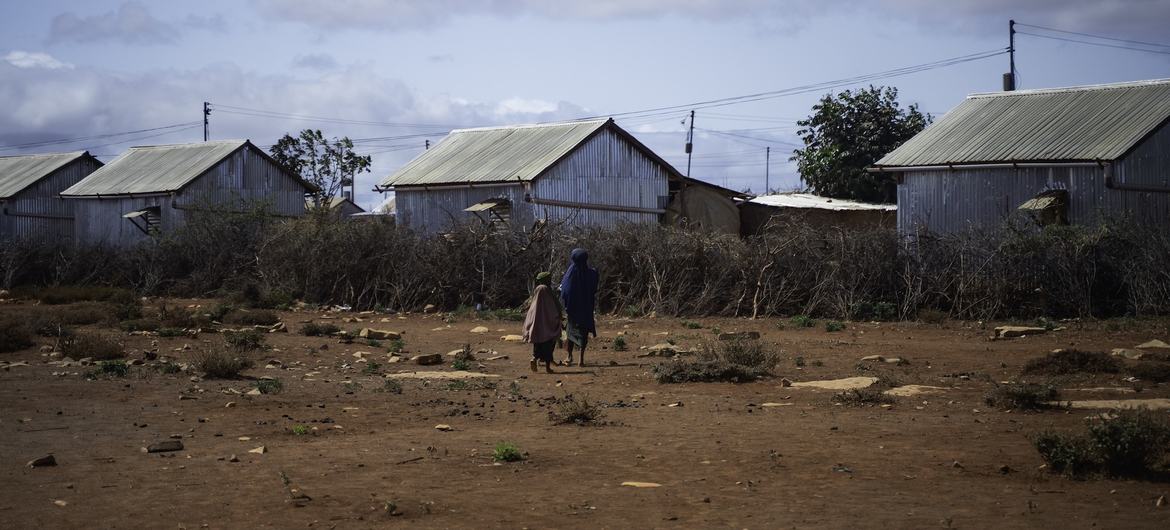Threat of waterborne diseases rises as raging floods cause crisis

Floods increase health risks because they fill latrines in affected areas, contaminating above-ground water with faecal matter
Raging floods have hit Kenya, killing over 235 people. 174 people have been reported wounded, 75 are missing, and 47,000 families, or 235,000 people, have been displaced in Nairobi and other parts of the country.
Flooding-related risks extend beyond immediate injuries and displacement.
More To Read
- Floods-affected schools in Nairobi slums still await government aid months later
- Businesses feel the brunt as flood compensation claims reach Sh3.1 billion
- Mathare residents slam police over river body retrieval
- Floods death toll rise to 291 as 107 cholera cases reported countrywide
- Kenya's floods calamity: Death toll rises to 289 after 12 more reported
- EU provides €1 million emergency aid for Ethiopia's cholera crisis
Waterborne diseases, such as cholera, and mosquito-borne illnesses, such as malaria and dengue fever, are significant concerns.
Microscopic organisms like viruses and bacteria that ingest contaminated water or come into contact with faeces cause these diseases.
Floods increase health risks because they flood latrines in affected areas, contaminating above-ground water with faecal matter.
The problem is significantly worse in urban areas with existing waste disposal issues, as this is when waterborne diseases become a ticking time bomb.
According to the Ministry of Health, Tana River County has already reported a confirmed case of cholera. There are additional reports of suspected diarrheal cases in Marsabit County.
Diarrhoea is the most well-known disease linked to contaminated food and water, but other risks exist.
Flood-related health risks include respiratory infections, asthmatic attacks, and complications from interrupted medication regimens for chronic diseases.
Waterborne diseases like cholera have become more prevalent in Kenya, with areas such as Nairobi experiencing seasonal cholera outbreaks. In the aftermath, an increase in mosquito breeding places could lead to malaria outbreaks.
The main risk factors contributing to the spread of waterborne diseases include the destruction of sanitation facilities, congestion in rescue camps with limited sanitation facilities, inadequate water sanitation and hygiene facilities, and the consumption of untreated water.
Diseases like cholera, diarrhoea, dysentery, hepatitis A, typhoid, and polio spread due to contaminated water and poor sanitation. Absent, inadequate, or inappropriately managed water and sanitation services expose individuals to preventable health risks.
Public health depends on safe and readily available water for drinking, domestic use, food production, and recreational activities. Improved water supply and sanitation, as well as better management of water resources, can boost a country’s economic growth and greatly contribute to poverty reduction.
In a statement on May 3, 2024, the Ministry of Health said it had increased disease surveillance.
“We are working with multi-agency teams in all affected areas to ensure control of cholera and other waterborne diseases.”
The measures include continuous surveillance, providing cholera contingency supplies, distributing water, sanitation, and hygiene (WASH) supplies, and strengthening community health education and engagement activities.
The Ministry of Health said it has taken measures to control the spread of cholera and other waterborne diseases in flood-affected areas in collaboration with partners.
The state also mentioned a few strategies being implemented to control the spread of the waterborne disease, even as rain is predicted to continue until the end of May.
“Continuous advisories are being issued to all counties to maintain heightened surveillance in public and private health facilities, as well as at the community level, to detect and report any cases of waterborne diseases promptly,” the ministry noted.
Healthcare facilities are receiving cholera contingency supplies to aid in patient management, according to the MoH. Additionally, the health ministry is distributing water, sanitation, and hygiene (WASH) supplies in high-risk areas and rescue camps to help purify water sources and treat household water.
Lastly, community health education and engagement activities are being strengthened to address risk factors and promote healthy practices. This includes educating communities on the importance of treating water before use and utilising community health promoters (CHPs) to disseminate vital health information. By implementing these measures, the government aims to mitigate the impact of waterborne diseases and ensure the well-being of affected communities.
According to the World Health Organisation (WHO), waterborne illnesses can cause a variety of symptoms. While diarrhoea and vomiting are the most commonly reported symptoms of a waterborne illness, other symptoms can include skin, ear, respiratory, or eye problems.
Simple, affordable measures like handwashing, using safely treated water and food safety can prevent several illnesses and deaths caused by waterborne diseases.
Top Stories Today













































